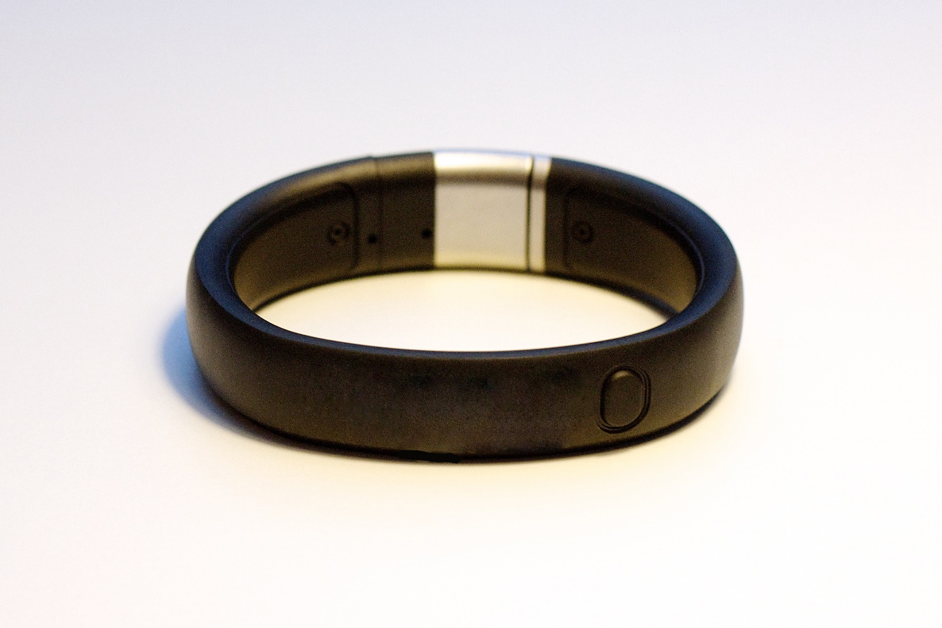One of the 5 pillars of Islam, Hajj is the pilgrimage of Muslims to the holy city of Mecca and a requirement for every able-bodied, financially capable Muslim to perform at least once in their lifetime. The number of people who go to Mecca during Hajj has more than doubled in recent years, with records reporting over 2 million pilgrims in 2015. On top of having to deal with the enormous crowds, Muslims are also concerned with threats such as stampedes, disease outbreaks, and terror attacks. Consequently, the Saudi Arabian government has elected to take advantage of modern technology to make Hajj safer for everyone. Here are some of the advancements we are likely to see in Mecca this year:
1) e-Bracelets
These water-resistant bracelets will allow Saudi authorities to identify and locate pilgrims via GPS in order to deliver care to those in need, as well as provide information about hajj rituals (i.e. prayer times).
2) Public Transportation
We’ve all had our fair share of hair-pulling traffic, but when you’re stranded in the middle of an ocean of cars filled with millions of people swarming to the same place, you’ll experience more than your typical bout of road rage. Authorities are attempting to alleviate the stress on the streets by commissioning 15,000 buses for public transportation. These buses will also be equipped with tracking software so officials can determine which areas are more congested than others and react accordingly.
3) Medical Precautions
With the Zika virus and Ebola causing concern worldwide, having large amounts of people congregate in one place has put Saudi Arabia on high alert for possible outbreaks. In past years, the World Health Organization (WHO) has collaborated with the country’s Ministry of Health to place preventative measures against these diseases, such as “180 ambulances on standby, as well as 22,000 health care professionals, 141 health centers, 25 hospitals with 5,250 beds, and 19,000 units of varying blood types.”
4) Security Cameras
The Saudi government is always watching…for your safety of course. In light of the recent ISIS attacks, Muslims fear that the terrorist group will plan to incite violence during Hajj. In response, the government has stationed thousands of cameras and helicopters to monitor holy places in Mecca in case of a possible threat.
5) Mist
The Saudi Arabian sun can be brutal on travelers, especially when many of the Hajj rituals require strenuous labor such as running back and forth between the hills of Al-Safa and Al-Marwah. Pilgrims have been known to pass out from the overbearing heat, so water sprays have been installed to provide a cool mist as they pray outside Namira Mosque in Arafat.
6) CrowdVision
The Saudi government is using the “live crowd analytics software” called CrowdVision to predict the behavior of the millions of people who will pack the Grand Mosque. Fiona Sterns, one of the co-founders of CrowdVision, describes the software as a valuable tool which will allow them to “[spot] patterns of crowd behavior that indicate potential danger such as high densities, pressure, turbulence, stop-and-go waves and other anomalies.”




































Really awesome to see Saudi’s embracing technology. They definitely need to streamline the process there.